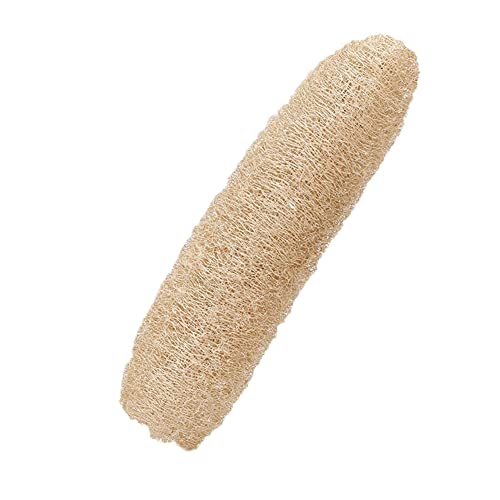G
Guest
First of all Thank you all for the great info anyone can find here.
I've read several posts about setting up my RO, but im finding it difficult to how to set the waste valve.
Your hell would be very much appreciated!
07/12/19
new Axeon HI5 4021 membrane.(flashed for 2 hours)
New 11L resin.
New 20" sed/carb
Booster pump bought from Daqua.
Water tap ppm 370 ( -_-)
Ppm using booster pump
Pure without resin 23ppm at 90psi, ratio 60%pure 40% waste.
Pure without resin 20ppm at 50psi, ratio 50%pure %50waste.
Ppm without booster pump
Pure without resin 33ppm 20psi 60% pure 40%waste
Pure without resin 30ppm 10psi 50%pure 50%waste, no water comes out.
I know for what I've read that I should never fully close the waste valve not to ruin the membrane, hope Im right...
I dont mind using the booster pump to get the lowest ppm as possible but how do I find out how well this membrane is working?
Is 20ppm to high to go through the DI vessel?
Thank you for all your help


I've read several posts about setting up my RO, but im finding it difficult to how to set the waste valve.
Your hell would be very much appreciated!
07/12/19
new Axeon HI5 4021 membrane.(flashed for 2 hours)
New 11L resin.
New 20" sed/carb
Booster pump bought from Daqua.
Water tap ppm 370 ( -_-)
Ppm using booster pump
Pure without resin 23ppm at 90psi, ratio 60%pure 40% waste.
Pure without resin 20ppm at 50psi, ratio 50%pure %50waste.
Ppm without booster pump
Pure without resin 33ppm 20psi 60% pure 40%waste
Pure without resin 30ppm 10psi 50%pure 50%waste, no water comes out.
I know for what I've read that I should never fully close the waste valve not to ruin the membrane, hope Im right...
I dont mind using the booster pump to get the lowest ppm as possible but how do I find out how well this membrane is working?
Is 20ppm to high to go through the DI vessel?
Thank you for all your help
































